Reducing child marriages and teen pregnancies – Tackling the setbacks from the Covid pandemic
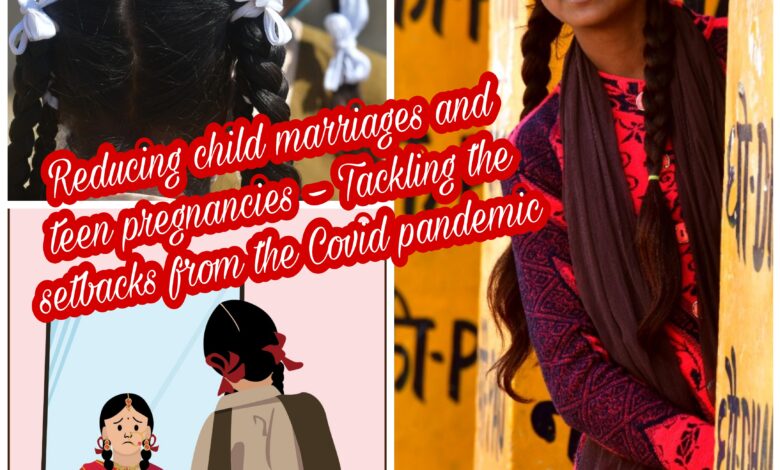
ASHISH MUKHERJEE

Disruption of school sessions and increased poverty caused by the Covid-19 pandemic have increased the risk of child marriage – before the legal age of 18 and early pregnancy. This threatens the health, well-being and future of girls, as well as the nation’s economic prosperity and the possibility of attaining the Sustainable Development Goals target 5.
Over the past decade and a half, India achieved an appreciable reduction in child marriages, with the percentage of women aged 20-24 years married before age 18 declining from 47 (NFHS-3, 2005-06) to 23 (NFHS-5, 2019-21). Regrettably, the Covid pandemic has most likely disrupted this trend and threatens a reversal of the gains, as suggested by several surveys and media reports.

UNICEF estimates that over the next decade, up to 10 million more girls will be at risk of becoming child brides as a result of the pandemic, while the United Nations Population Fund (UNFPA) projects a figure of 13 million additional child marriages globally over the 2020-2030 decade. Even by conservative estimates, the projections of the potential impact of Covid on child marriages are alarming. Considering that over 1.5 million girls under 18 get married in India every year, imagine the implications it has for the country, especially for states with a high prevalence of child marriages.
Child marriage and early child-bearing go hand in hand. In India, almost all teenage pregnancies occur in marriage due to societal pressure and a lack of sexual and reproductive health knowledge. Apart from the immediate and long-term detrimental consequences on health and psychological well-being, being married and having children early in life often means that girls have to forgo many aspirations, whether in terms of continuing education or economic pursuits. It can further lead to financial insecurity, gender inequality, experiences of domestic violence and mental health issues. These not only negatively impact girls but also their children and the community. At a macro level, it also affects a nation’s economy and has implications for its development.
What are some of the immediate and direct pathways to address the challenge?
Increase girls’ access to secondary schooling: Education, closely followed by wealth, is the strongest determinant of a woman’s age at marriage. Studies analysing the National Family Health Survey data on child marriage reveal a correlation between early child marriage and girls’ educational attainment and confirm that completion of secondary education contributes to delaying the age at marriage.
Given the increased pandemic-induced poverty, reducing financial constraints to accessing secondary education is one of the easiest ways of keeping girls longer in school. Evidence shows that scholarships positively affect school enrolment. While centrally sponsored pre-matric scholarship schemes for students in grades 9 and 10 belonging to economically weaker sections of scheduled castes, scheduled tribes and other backward classes have been operational in India for over a decade, the delivery of these schemes leaves much to be desired.
State governments are responsible for implementing these schemes, but most states grapple with operational challenges that limit scheme coverage and timely disbursement. However, we have the example of Rajasthan, which has taken commendable steps to improve the delivery of pre-matric scholarships that other states can emulate. Project Udaan, implemented by IPE Global Limited, supported the Education Department in enhancing awareness and improving the delivery of pre-matric scholarships. The State has established a seamless IT-based scholarship management system integrated with its Shaladarpan, an education e-governance portal, that has reduced data errors and payment processing time. During the pandemic phase in 2020, pre-matric scholarship registration for girls increased by over 35 percent over the previous year. Between April 2017 to March 2021, Rajasthan disbursed over Rs. 472 crores as pre-matric scholarships to students studying in grades 9 and 10 in government schools, benefitting more than 13.4 lakh children, of which more than 50 percent were girls. During this period, gross enrolment for girls in the State increased from 67.5 percent to 79.9 percent (UDISE).
Provide community and school-based skills education: A growing body of research shows that girls with employability skills and employment prospects are less likely to marry early. Women’s economic empowerment also helps the girl exercise more influence within the household on issues like age of marriage, modern contraceptive use, etc. Findings from India’s recent National Family Health Survey (2019-21) show that 66 percent of married women who are employed use modern contraceptives, which is 13 percent higher than those not employed.
While the COVID lockdown was a significant setback, the Manzil project of IPE Global, an initiative to empower girls with employable skills and ensure their transition to jobs, continued to work in 6 districts of Rajasthan through local-based motivators. The project has helped substantially improve the participation of in-school and drop-out girls in vocational and skilling courses in the intervention districts. Despite Covid-induced challenges, the project has facilitated the enrolment of over 6,000 girls in different skill courses and placed more than 2,000 girls in jobs over the past two years. In addition, the project has supported the school enrolment of around 28,000 girls in vocational courses and apprenticeships for 5,000 girls. More than half of the out-of-school girls mobilised were from socially disadvantaged and BPL households. Manzil has not only economically empowered girls to make their own choices related to marriage but has also added value by bringing about a positive change in the community’s view of working girls and the gendered perception of career options for girls.
Nudging forward
Though improving systems and processes to deliver scholarships and skills-building initiatives will contribute enormously to reducing child marriages, additional concerted actions are required to accelerate progress. Steps must be taken to reduce financial access barriers to secondary education by abolishing school development fees and examination fees for girls in government schools, providing comprehensive sexuality education to both in-school and out-of-school adolescents and effectively implementing the legal framework on child marriage. Further, the prolonged closure of schools has led to academic regression and loss of learning, making it imperative to design and implement programmes for remedial and accelerated learning for drop-out prevention.
With the Gender Gap Index 2022 placing India at 135 out of the 146 countries, there is now an urgent need for the country to invest more in girls’ educational attainment, economic participation and opportunity, health and survival, and political empowerment.
ASHISH MUKHERJEE is
Vice President, Social & Economic Empowerment, IPE Global (international development consulting firm)

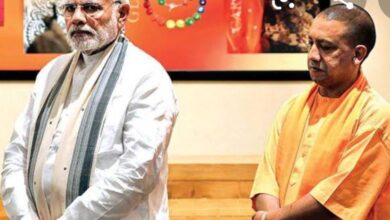

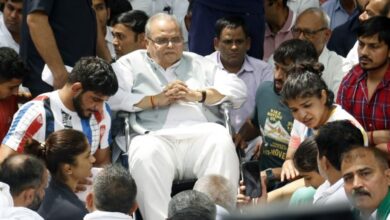
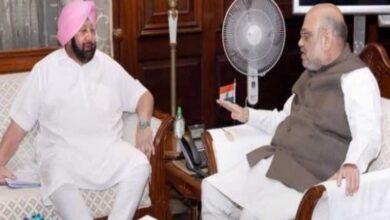
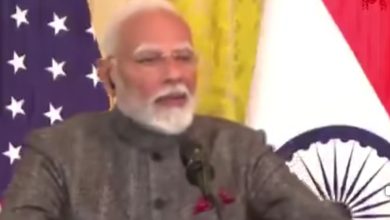
A highly informative n thought provoking article. The other NGOs working in the field of women empowerment in rural areas should follow the actions of Udaaan and Manzil and work to ensure that rural girls seek education at the intermediate levels by all means and if necessary pursue the graduation n post graduation to not only keep them away from marriage hassles at early age but also empowering themselves to become able citizens of the country. Congratulations to Ashish Mulherjee for such an informative article on reducing child marriages and empowering them with education etc.
Sunil Negi, editor,